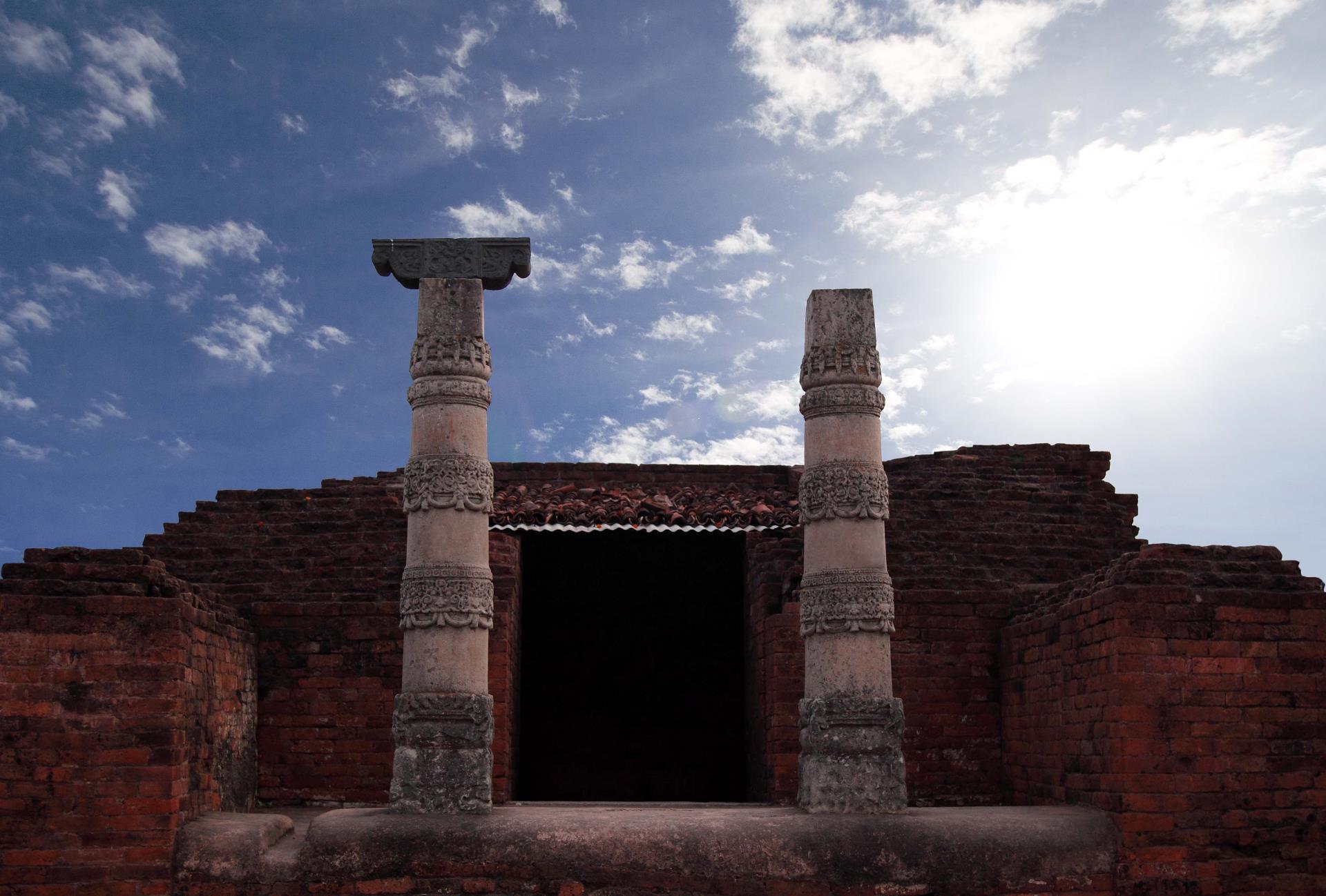
ABOUT THE
Attraction
Established during the 5th century AD by Kumaragupta I (413-455 AD), Nalanda Mahavihara is an ancient seat of Buddhist learning and holds the distinction of being the world's first residential international university. Lord Buddha is said to have made a number of visits to Nalanda during his lifetime. Renowned Chinese scholar Hiuen Tsang is said to have stayed here during the 7th century AD, leaving behind detailed accounts of the education system at Nalanda as well as the monastic routine followed here. Besides teachings related to Buddhism, other subjects taught here included logic, grammar, science, medicine and contemporary philosophy. Nalanda's scholars are, in fact, believed to have mastered the art of debate, developing it as a tool for higher learning.
Once home to 2,000 teachers and 10,000 students from across the world, the university was once under the patronage of Gupta rulers including Harshavardhana and Ashoka. The latter established the monasteries and prayer halls here, along with a few Buddhist temples. Excavations by the Archaeological Survey of India in 1915-37 as well as 1974-82 have revealed elaborate remains of 11 systematically designed monasteries and six temples, built over an area of more than one square kilometre. A 100-foot-wide passage flanked by the monasteries on the east and the temples on the west was discovered, stretching from the north to the south.
One of the most distinctive aspects of Nalanda is its architecture, which is not only demonstrative of ancient engineering skill but also features exquisite carvings depicting the life and times of Lord Buddha. It is the oldest planned university in the Indian subcontinent and was built in the Kushan architectural style, comprising a row of cells around a spacious central courtyard, with a common verandah. Each monastery within the compound contains a secret chamber, believed to have been intended to preserve valuables, a kitchen, a well, a granary and a common space for meetings or prayers.
Excavations have also revealed several sculptures and bronze, stucco and stone images of Buddha. The carvings and inscriptions throughout Nalanda have been found to bring together iconographic as well as thematic elements from multiple centres of art in the subcontinent, becoming a visual representation of the spirit of the university: uniting minds from diverse regions in a unified search for knowledge, wisdom and truth. Nalanda Mahavihara was declared a UNESCO World Heritage Site in 2016.
HOW TO
REACH
By Bus
Nalanda is connected by road to Rajgir (12 km away), Bihar Sharif (13 km away) and Pawapuri (26 km away)
By Train
The nearest railway station is at Rajgir, approxmately 12 km away
By Air
The nearest airport is at Patna, approximately 89 km away
OTHER ATTRACTIONS

Nalanda Archaeological Museum
This museum houses a fascinating collection of objects unearthed during excavations at Nalanda: bronze Buddhist sculptures, a set of statues of Lord Buddha & more.
Hiuen Tsang Memorial Hall
Commemorating Chinese Buddhist scholar Hiuen Tsang, the Hiuen Tsang Memorial Hall was set up as a symbol of the friendship between India and China.
